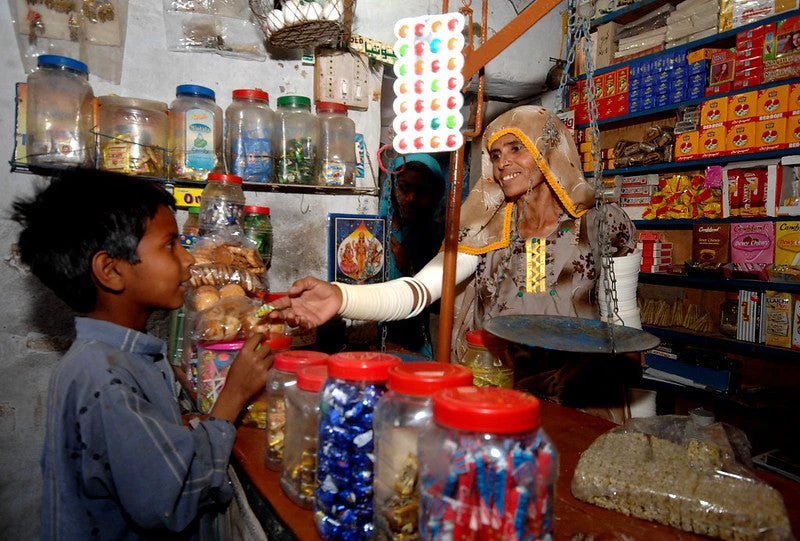 Intraregional trade in South Asia could be worth $67 billion
Intraregional trade in South Asia could be worth $67 billion
Recent events in South Asia show how intraregional trade can fall victim to political tensions. They also highlight how important it is to insulate economic relations from politics. Trade must continue despite tensions as it can contribute to stability and peace.
Economic engagement within South Asia is suboptimal. Our recent report, A Glass Half Full: The Promise of Regional Trade in South Asia estimates that the trade of within the region could be worth $67 billion rather than its current value of $23 billion.
A Glass Half Full examines four key barriers to trade between South Asian countries. These include tariffs and paratariffs, real and perceived nontariff barriers, connectivity costs, and the broader trust deficit.
To increase trade within South Asia, the report advocates a firm but incremental approach to reduce tariffs, paratariffs, and “sensitive lists.”
Non-tariff barriers can be chipped away gradually chipping by improving information flows and border infrastructure, and simplifying cumbersome trade procedures.
The gap between potential and actual trade leads to a significant loss to consumers, firms and exporters, in terms of foregone opportunities and a reduced standard of living.
Starting in 2003, India and Sri Lanka began liberalizing bilateral air services, and significantly increased the number of flights between their countries as a result. This is an example other South Asian countries can follow to strengthen connectivity which helps lower the cost of moving goods and services.
Increasing people-to-people contact can help reduce the trust deficit between South Asian countries. The Bangladesh-India border haats, which allow small-volume trade at local markets between border communities show how such activities can reinforce the virtuous circle between trade and trust.
Another piece in the trade puzzle is the intimate link between trade and foreign direct investment (FDI). And intraregional investment in South Asia is just as poor as intraregional trade. It accounts for a mere 0.6 percent of the region’s total inward FDI.
A Glass Half Full’s upcoming sequel, Regional Investment Pioneers: the Payoff Of Knowing Your Neighbors, studies these issues in depth.
It explains how some regional investment has been successful despite the poor state of regional integration. Based on data gathered from a survey of 1,274 firms across all eight South Asian countries, the report also sheds light on the role information and networks play in intraregional investment.
With digital technology on the rise, trade is no longer confined to conventional methods.

With digital technology on the rise, trade is no longer confined to conventional methods. The internet is seamlessly connecting buyers and sellers otherwise separated by geographical distances and logistical barriers.
Retail e-commerce sales stood at almost $3 trillion globally in 2018. E-commerce facilitates international trade by reducing the cost of distance and remoteness. Given the potential of e-commerce to connect distant markets, it is possible that it can also strengthen commercial linkages within South Asia and bring gains to consumers and small players.
This is the subject of another upcoming report, Unleashing E-Commerce for South Asian Integration. It assesses how e-commerce can be leveraged to advance the regional trade agenda..
The report presents a conceptual framework for understanding the regulatory constraints of e-commerce through a private sector perspective. It also suggests a practical approach toward developing cross-border e-commerce in South Asia, building on formal and informal cross-border trade.
These three studies are part of a work program on showcasing the benefits and highlighting opportunities of regional integration in South Asia.They are also embedded in the World Bank’s overall approach to regional connectivity. which includes economic analysis, loan provision, and private sector finance for cross-border infrastructure projects.



Join the Conversation